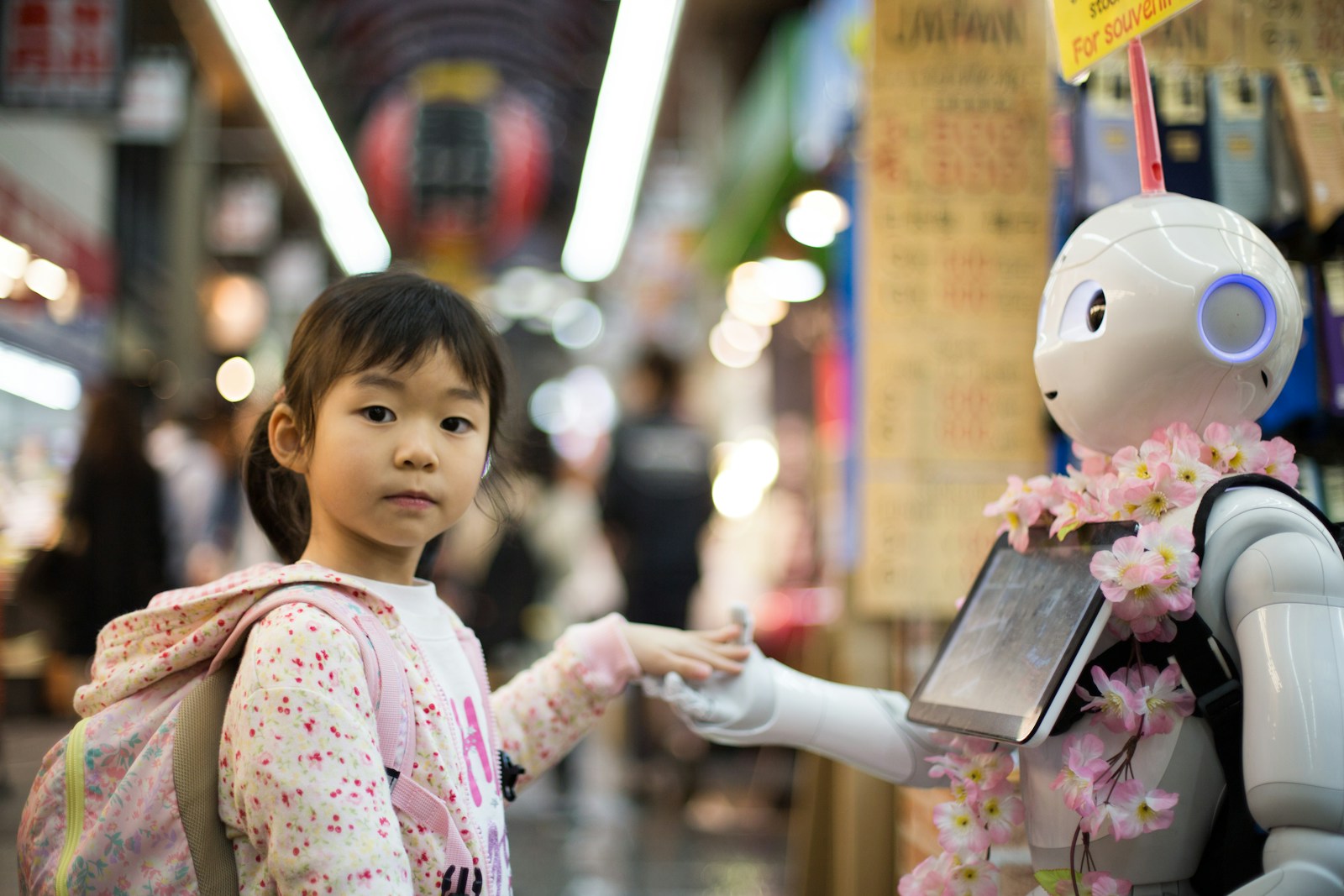Artists in today’s digital era are in a tricky position when it comes to showcasing their work online. The ever-advancing field of artificial intelligence (AI) has enabled image generators to replicate a broad selection of unique styles. With virtually every widely acknowledged platform scrambling to modify user agreements to extract as much data as they can for AI training, artists are left in a precarious state.
The Fight against AI Scraping
To counter AI training, protective tools such as Glaze have been invented. Glaze adds a barely detectable layer of noise to images, which helps in preventing image generators from plagiarizing artists’ styles. However, these tools aren’t a permanent solution, especially as tech giants seem more focused on raising profits through increasingly intricate AI models. These models threaten artists’ brand uniqueness and stand to supersede them in the marketplace.
Adobe Controversy Underlines Big Problem
Just last month, Adobe found itself in hot water over a controversial AI debacle involving the estate of iconic photographer Ansel Adams. Adobe was accused of selling AI reproductions mimicking Adams’s style. The unfortunate incident was reported by Smithsonian. In light of the criticism, Adobe rapidly rectified the situation by removing the AI imitations. However, this pivotal case has raised awareness, highlighting the potential risks to not only renowned artists but also those lesser-known.
Lesser-Known Artists at Greater Risk
Emerging artists who aren’t as well-known might encounter difficulties proving AI models’ infractions on their creative works. In this unsettling, unregulated digital arena, any uploaded image could potentially contribute to undermining an artist’s credibility. This danger stands to diminish the demand for their own art each time they introduce their new creations online.
The Conundrum Continues
The increasing capabilities of artificial intelligence has raised concerns about the future of artwork and artists’ rights in the face of technological advancements. The conflict between AI innovations and artwork originality has resulted in a chaotic landscape that not only threatens artists’ creativity but also potentially devalues their unique work.
A Call for Clearer Legislation
This situation sheds light on the urgent need for stricter laws to protect artists’ rights and ensure their hard-earned creative reputation is not undermined by AI advancements. It is crucial that a balance is struck to ensure technological progress does not eclipse human creativity and talent.
The Future of Art in the Age of AI
Until such measures are in place, artists must remain vigilant about where and how they upload their works, as the internet becomes more of a battleground for rights and data. Pushing forward, there’s a massive demand for more transparency from tech giants in their AI processes, and an overall plea to respect and protect creative rights in the digital age.
In conclusion, as we tread forward into an era where AI is capable of reproducing unique artistic styles, steps must be taken to protect the authenticity and integrity of original artwork. It’s about ensuring technological advancements support artistic growth and development – not erode it.

